After François Girardon
1628-1715 | French
Pluto Abducting Proserpine
Bronze
This High Baroque Period Composition Captures The Famed Narrative Of Pluto And Proserpine From Roman Mythology. The Late 17Th-Century Patinated Bronze, Created After François Girardon’S Marble Composition, Captures The Very Moment That Pluto Seizes Proserpine. The Anguished Goddess Reaches Skyward, Attempting To Escape The God’S Grasp While Pluto’S Stoic Face Betrays His Knowledge That His Ploy Will Succeed. This Pivotal Moment In The Mythological Tale Has Captured The Imagination Of Many Art Historical Greats, From Bernini To Rubens. François Girardon’S Version Of The Climax Demonstrates Incredible Finesse And Artistry, Modeled Expertly In Bronze In The Present Work By A Later Sculptor. The Statue Brings A Twist Of Intertwined Bodies Into A Dynamic Frenzy, Paralleling The Tension Of The Legendary Story.
In Ancient Roman Mythology, Proserpine, The Beautiful Daughter Of Ceres — Known As Persephone In Greek Mythology — Was Picking Flowers In The Fields When She Was Suddenly Abducted By Pluto, The God Of The Underworld, And Taken To His Kingdom. Consumed With Grief, Her Mother Ceres, The Goddess Of Agriculture, Scorches The Earth, Stopping The Growth Of Grain And Fruit. Jupiter Attempts To Intervene And Secure Proserpine’S Return To Earth, Negotiating A Compromise With Pluto And The Fates That Allows Proserpine To Be Released For Part Of The Year Before Returning To Pluto’S Underworld. Proserpine’S Journey Back And Forth Is An Allegory For The Changing Seasons; When Prosperine Is With Her Mother, The Earth Warms And Provides Bountiful Harvests. Upon Her Annual Return To The Underworld, However, The Earth Once Again Becomes Cold And Barren.
After Returning To France After Years Of Training In Rome, François Girardon Quickly Rose To Become One Of The Greatest Artists In France. He Was Elected A Member Of The Académie Royale De Peinture Et De Sculpture In 1657 And Would Become Chancellor Of The Royal Academy In 1695. The Artist Was Approached Frequently For Royal Commissions And Girardon’S Pluto Was Originally Commissioned By Louis Xiv For The Gardens At His Palace Of Versailles. It Was One Of Four Monumental Marble Groups Intended To Decorate The Corners Of Charles Le Brun’S Never Completed Garden At The Chateau, The Parterre D’Eau. Each Group Of Three Figures Symbolized One Of The Four Elements: Earth, Air, Fire And Water. Pluto’S Association With Hell Made Him The Apt Symbol Of Fire.
Today, Girardon’S Creations Can Be Seen In The Louvre In Paris, The Chapel Of The Sorbonne, Musée Saint-Loup In Troyes And At The Palace Of Versailles. Identical Bronzes Reside Today At The Wallace Collection In London, The Louvre In Paris, And The Getty Museum In Malibu.
Circa 1700
21 1/4″ High X 11 1/4″ Wide X 10 1/4″ Deep
Provenance:
Michel Meyer Antiquaire, Paris, 18 February 1983.
M.S. Rau, New Orleans.
Sale!
Fine Art M.S. Rau | Bronze Of Pluto Abducting Proserpine After Francois Girardon
$98.00



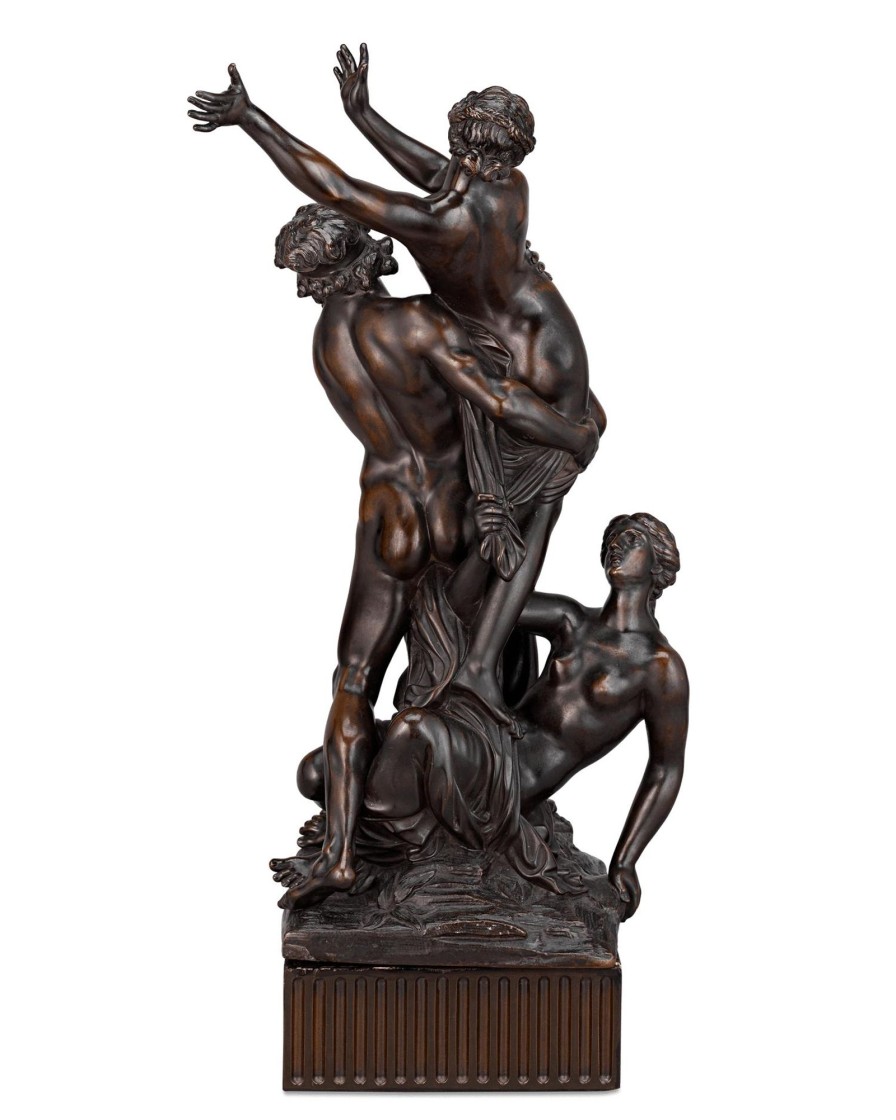
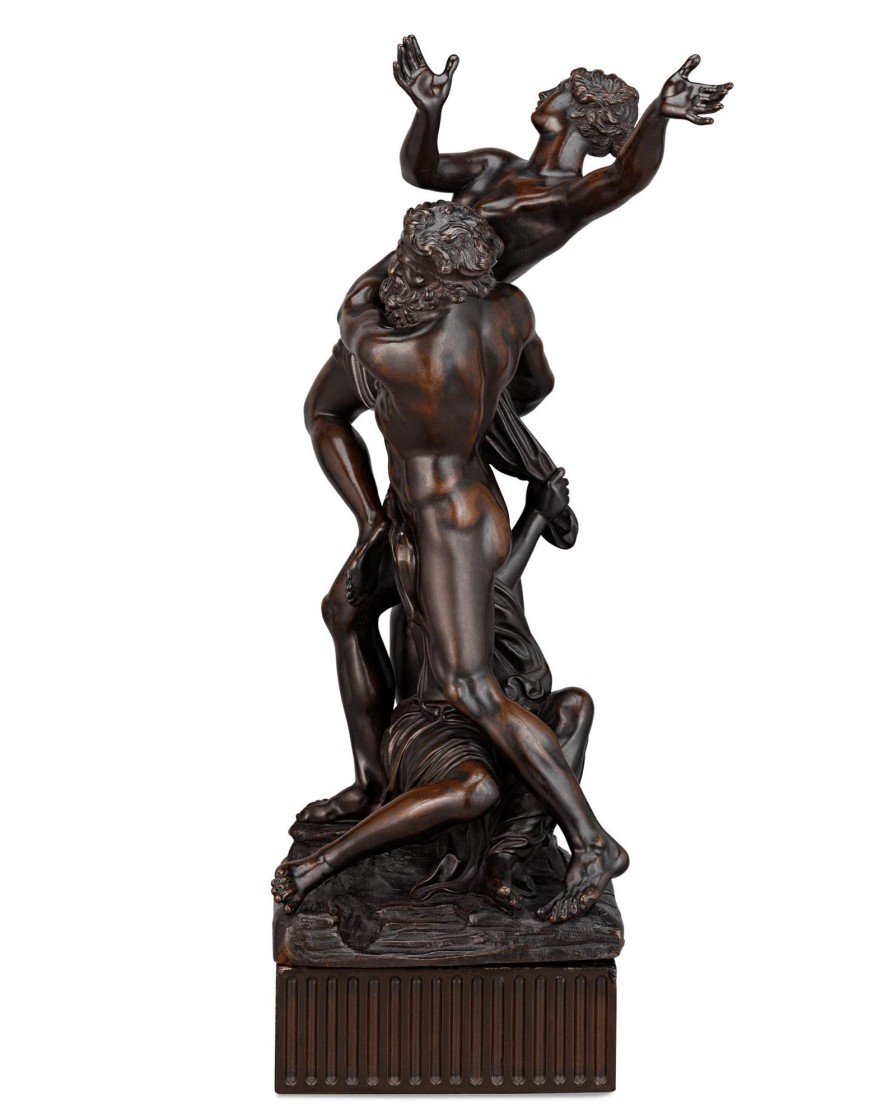

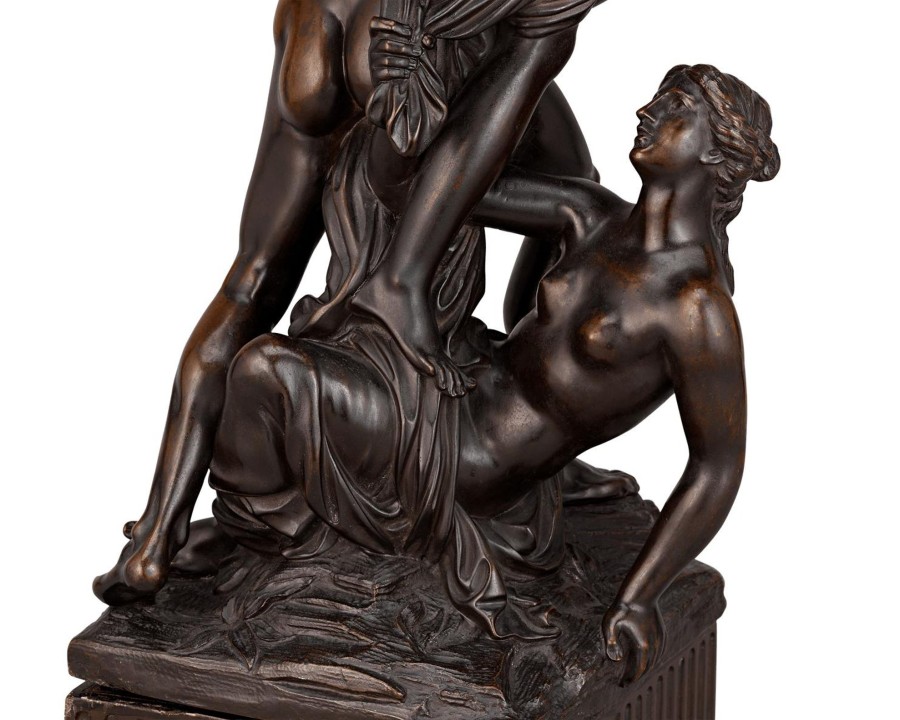










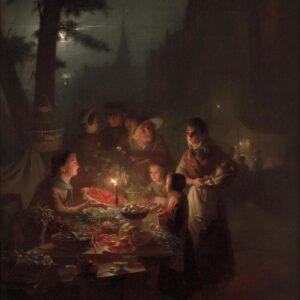
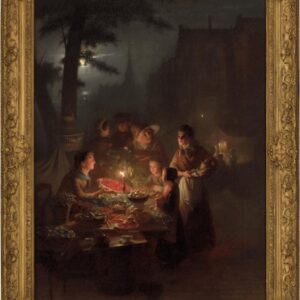
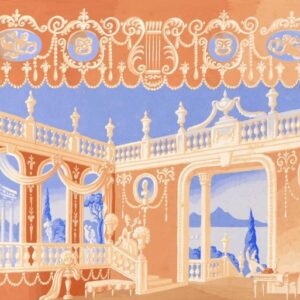



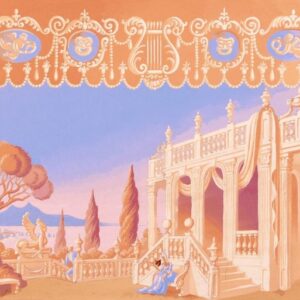

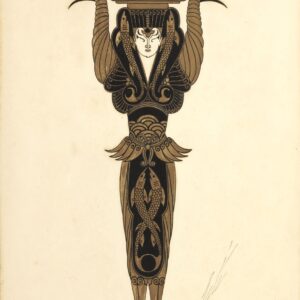
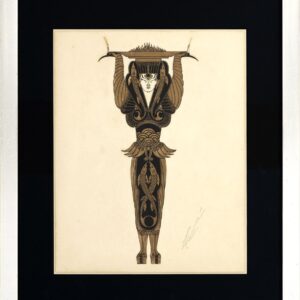
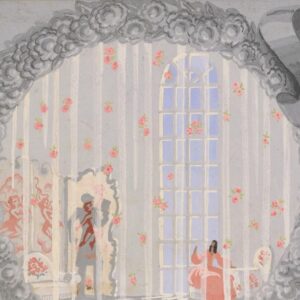

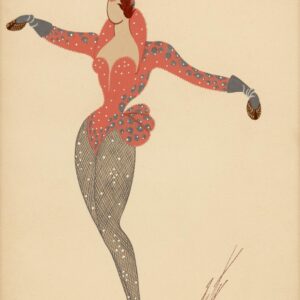
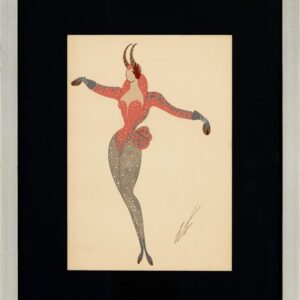


Reviews
There are no reviews yet.